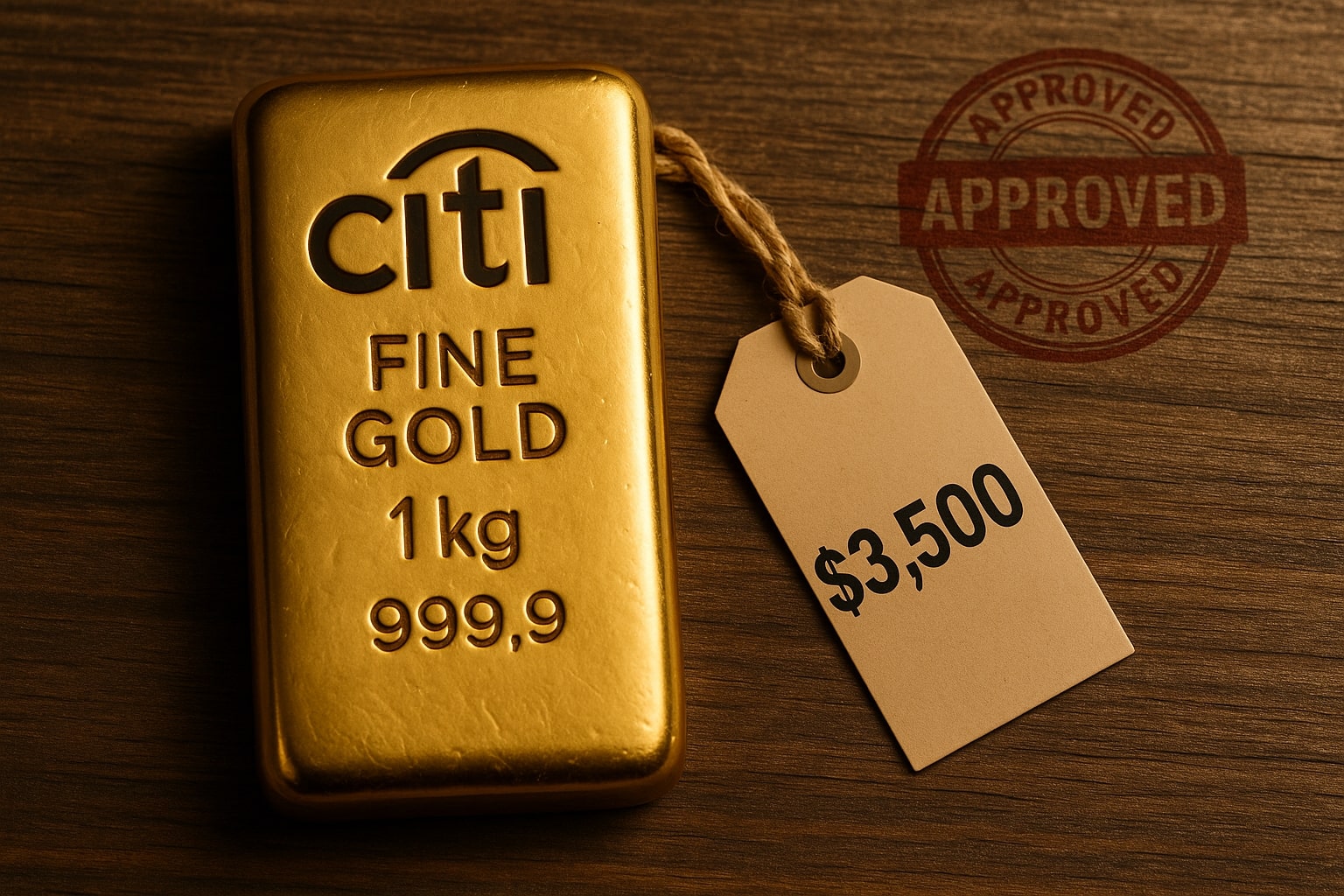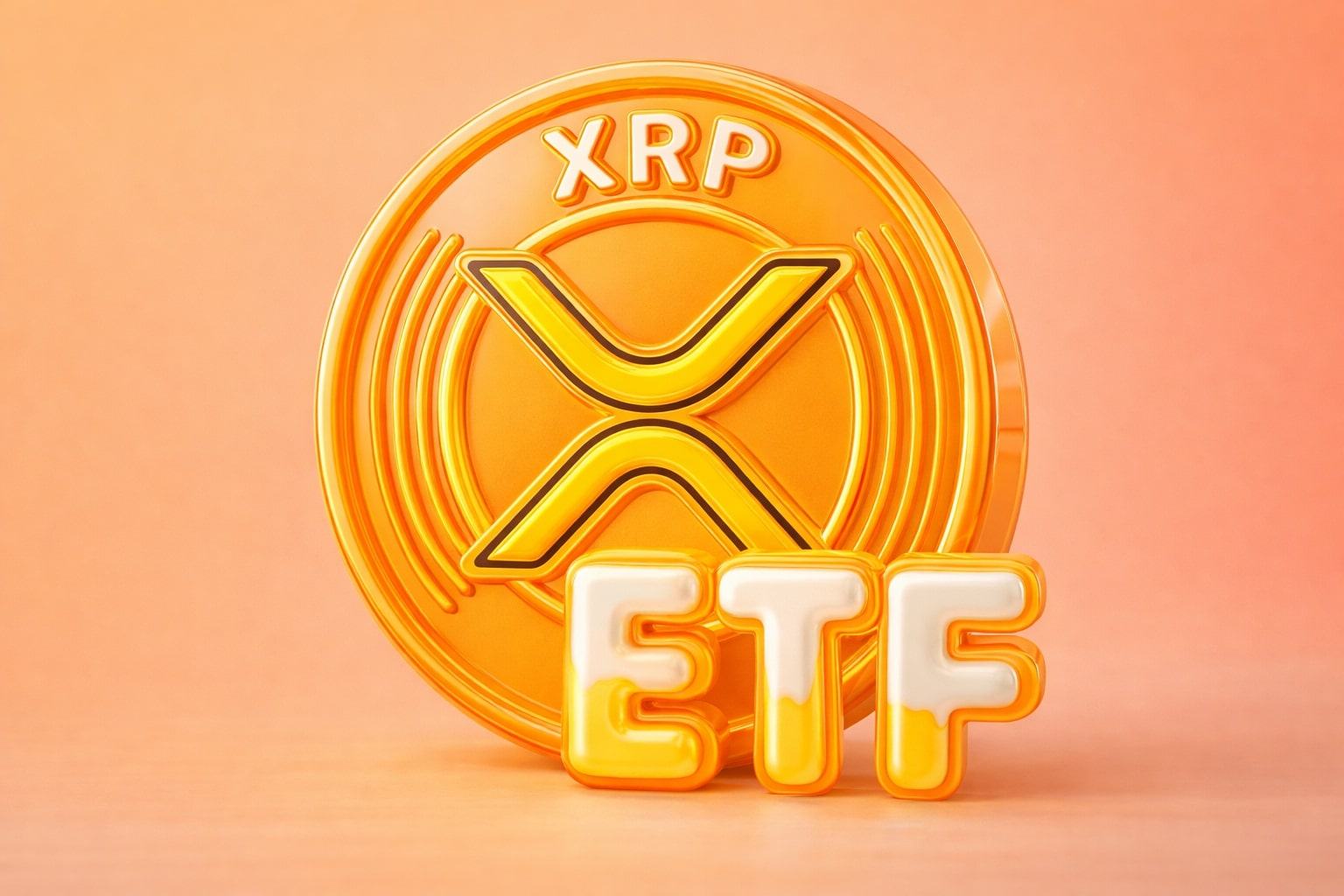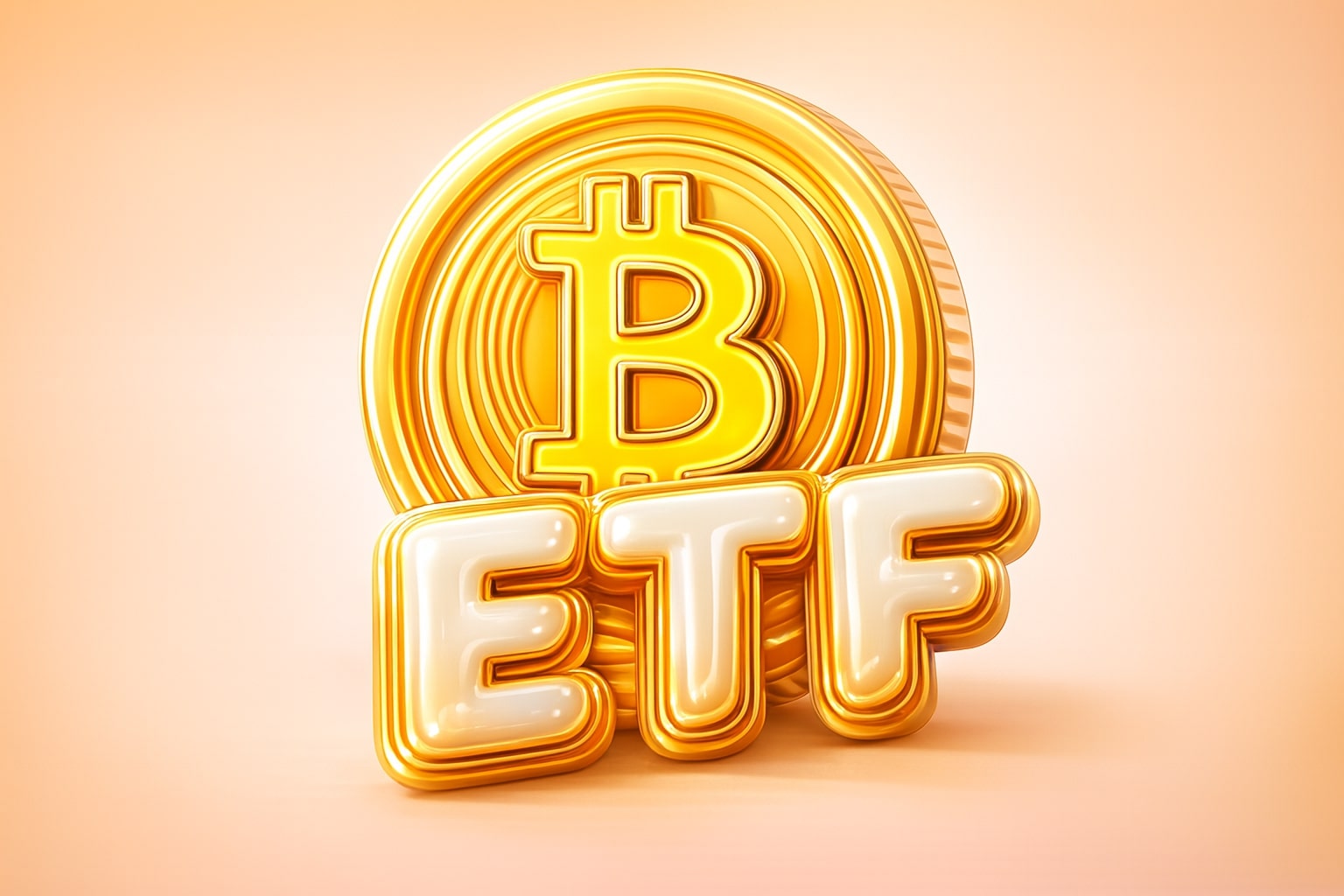
Gold (XAU/USD) at $3,345: Citi Calls for $3,500—Is the Next Explosion Already Underway?
With gold holding $3,345 and Citi targeting $3,500, is the breakout to $3,413 just the beginning of something bigger? | That's TradingNEWS
Gold (XAU/USD) at $3,345: Are Markets Ignoring the Next Explosion?
Macro Tensions, Central Banks, and Traders All Push Gold into the Eye of the Storm
The price of gold (XAU/USD) is pressing against the upper bounds of global attention once again, now trading at $3,345.05, down a modest 0.15% over the last 24 hours, but the real story lies deeper than a daily candle. This isn’t just another chart bounce—this is the center of a storm formed by tariff wars, military escalations, central bank shifts, and record investor flows. Gold has quietly transformed into a global macro gauge, and its behavior now reflects more than traditional safe-haven demand—it reflects structural distrust in monetary stability itself.
XAU/USD: Trading Between Geopolitical Threats and Monetary Erosion
The decision by the U.S. President to delay the EU tariff deadline to July 9 has temporarily taken heat off global markets, but not enough to suppress gold bulls. In fact, last week’s session closed with a 3.9% gain, with Friday alone seeing +1.7% intraday—a clear sign that buyers are positioning ahead of what they believe will be another wave of market disruption. Prior to the delay, the mere announcement of a 50% tariff on European goods sent gold surging by 2%, confirming that traders remain highly sensitive to any threats of trade fragmentation.
On the battlefield, Russia’s aerial assault on Ukraine—the largest since the war began—hit 367 drones and missiles across major cities, killing dozens and escalating fear in global risk assets. This sent investors straight to the gold market once again, confirming the metal’s role as the world’s most reactive geopolitical asset.
Record Demand, Central Bank Rotation, and $3,500 Targets—Citi’s Call Revisited
Citi is doubling down. The bank revised its short-term gold price target back up to $3,500 per ounce, following the tariff drama and geopolitical shockwaves. This is an increase from its earlier May 12 range of $3,000–$3,300. Citi now sees gold consolidating between $3,100 and $3,500, with strong range-trading likely in the second half of 2025. This isn’t just a technical view—it’s macro-backed.
The bank points to household gold holdings now sitting at the highest level in 50 years, and global gold spending accounting for 0.5% of world GDP, the highest since the 1970s. Add to that the ongoing transition by major central banks away from the U.S. dollar into physical bullion—especially in Asia and Eastern Europe—and the picture becomes more structural than speculative.
Still, Citi remains cautious over the long term, warning that if U.S. growth collapses into pre-election volatility and the Fed is forced into rate cuts, the traditional equity-gold correlation could break down, pulling precious metals lower.
Technical Outlook: $3,413 or $3,279—Momentum on Pause?
From a structural standpoint, gold is trading within a rising channel, with price now oscillating between support at $3,332 and resistance at $3,365. Bulls need to see a clean breakout above $3,365 to unlock the next upside target at $3,413, with further potential to push toward Citi’s $3,500 cap.
However, traders should tread carefully: candlestick formations like spinning tops and doji’s are flashing caution, and the MACD histogram is narrowing with a potential bearish crossover forming. Momentum is slowing, even as fundamentals stay hot. If price breaks below $3,332, the next technical supports lie at $3,309 and $3,279, both of which align with prior reaction lows.
Still, the broader structure remains bullish unless these lower levels are decisively broken and held.
ETF Flows and Market Sentiment: SPDR’s Hesitation vs Central Bank Flow
Interestingly, while gold has been climbing on macro fears, ETF sentiment has lagged, with SPDR Gold Trust holdings falling 0.15% to 922.46 tonnes last Friday. This dissonance between retail/institutional flows and sovereign accumulation is striking. Retail investors may be profit-taking, but central banks remain unwavering, increasingly swapping U.S. Treasuries for hard reserves.
This shift is particularly evident in Eastern and Middle Eastern markets, where rising gold reserves are now policy-driven responses to geopolitical instability and long-term inflation mismanagement. Gold is no longer a hedge—it's a base layer for monetary independence.
Tariff Delays, Rate Cut Rumors, and Moody’s Sovereign Downgrade: The Perfect Storm
The Moody’s downgrade of U.S. sovereign credit outlook has added fuel to an already unstable fire. The risk of policy paralysis in Washington has significantly heightened uncertainty in global bond markets, especially as U.S. debt-to-GDP ratios continue to spiral. Simultaneously, whispers of rate cuts from the Federal Reserve are growing louder after the recent miss in core PCE inflation data, with futures markets now pricing in two cuts before year-end.
If realized, these cuts would compress real yields further, creating a strong bid for gold above $3,400. But if inflation proves stickier and the Fed remains on hold, that could push gold into another grinding consolidation phase between $3,150 and $3,300.
Sentiment Snapshot: Bulls Still in Control—But for How Long?
Despite the hesitation on intraday charts, positioning data and macro triggers suggest bulls still dominate the bigger picture. Options markets are increasingly pricing in upside skews, while gold’s correlation with risk-off trades remains intact.
Still, the next two weeks will be critical. Trade negotiations with the EU, continued drone escalation in Ukraine, and the Federal Reserve’s tone during the next FOMC press conference will dictate whether gold can snap decisively above $3,365 or rotate back toward $3,279.
Every trader and investor should be watching two key levels now—$3,413 as a bullish breakout trigger, and $3,279 as the pivot where structural demand may get tested.
That's TradingNEWS
Read More
-
SMH ETF: NASDAQ:SMH Hovering at $350 With AI, NVDA and CHIPS Act Fueling the Next Move
16.12.2025 · TradingNEWS ArchiveStocks
-
XRP ETFs XRPI and XRPR: Can $1B Inflows Lift XRP-USD From $1.93 Back Toward $3.66?
16.12.2025 · TradingNEWS ArchiveCrypto
-
Natural Gas Price Forecast: NG=F Falls to $3.80–$3.94 as Warm Winter Kills $5.50 Spike
16.12.2025 · TradingNEWS ArchiveCommodities
-
USD/JPY Price Forecast - USDJPY=X Slides, BoJ 0.50% Hike, Fed Cut and NFP Set the Next Big Move
16.12.2025 · TradingNEWS ArchiveForex



















